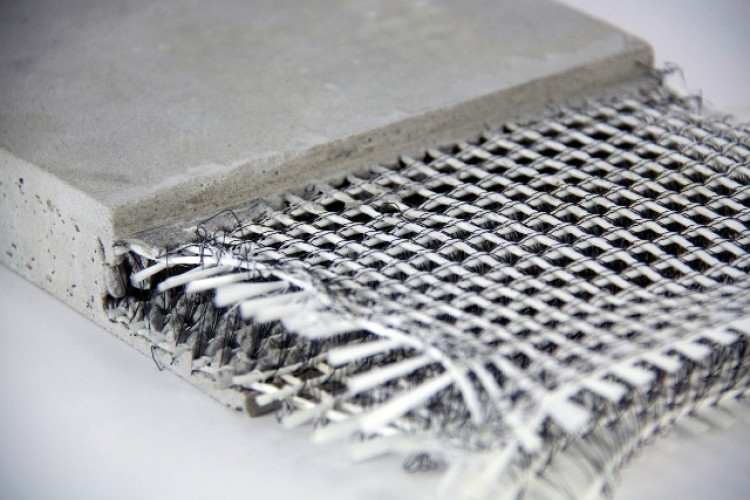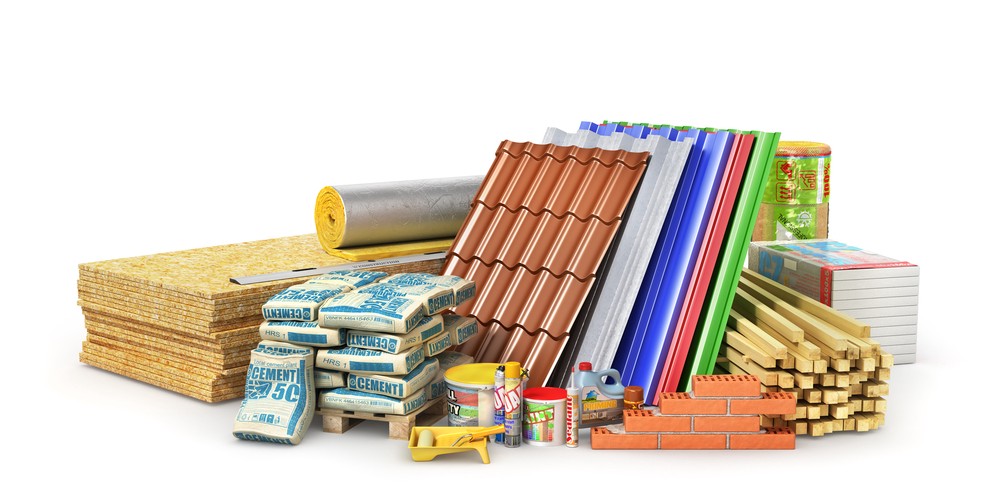High-Performance Composites for Eco-Friendly Building And Construction
High-Performance Composites for Eco-Friendly Building And Construction
Blog Article
From Waste to Wonder: How Recycled Compounds Are Transforming Numerous Applications
As markets worldwide are increasingly prioritizing sustainability and ecological duty, the utilization of recycled composites has arised as a transformative solution throughout different industries. From boosting the performance of vehicle elements to providing sustainable options in building and construction materials, the applications of recycled composites are large and appealing. By repurposing waste products right into cutting-edge composite frameworks, producers are not only decreasing their environmental footprint however likewise opening a world of opportunities for developing durable, efficient, and eco-friendly products. The implications of this change towards recycled composites are profound, advertising a brand-new period of lasting practices and technological developments that are reshaping markets in unforeseen means (composites).
The Surge of Recycled Compounds
The increasing fostering of recycled composites in various industries reflects a growing acknowledgment of their financial and environmental benefits. Recycled compounds, obtained from products such as recovered carbon fiber or recycled plastics, offer a lasting alternative to traditional products without compromising on efficiency. Industries ranging from auto and building to aerospace and durable goods are progressively turning to recycled compounds to meet their production demands.
One secret driver behind the surge of recycled composites is the push towards sustainability and eco-friendliness. Companies are under boosting pressure to minimize their carbon impact and reduce waste generation. Recycled compounds offer a remedy by utilizing materials that would certainly otherwise wind up in land fills, thus advertising a circular economic situation.
Additionally, the financial advantages of using recycled compounds can not be ignored. These materials are usually much more cost-efficient than their virgin counterparts, providing firms a way to minimize manufacturing costs without giving up high quality. As developments in reusing modern technologies proceed to improve, the adoption of recycled compounds is anticipated to further boost across varied industries.
Advantages in Automotive Market

Sustainable Solutions in Building
Integrating lasting methods in construction projects is essential for reducing environmental influence and advertising long-term viability in the built atmosphere. With the building market being just one of the biggest factors to carbon exhausts and waste generation around the world, the adoption of sustainable options is critical in mitigating these negative effects. Recycled composites are playing a significant role in revolutionizing construction practices by providing a more environmentally friendly option to traditional structure products.
Recycled compounds, stemmed from materials such as recovered rubber, plastic, and timber, provide a lasting option for different construction applications. These materials not only aid in decreasing waste yet also supply toughness, flexibility, and durability comparable to traditional construction materials. By including recycled composites right into structure styles, building tasks can contribute to resource preservation and energy effectiveness while maintaining high efficiency standards.
In addition, the use of recycled compounds in construction lines up with the growing demand for environment-friendly buildings and sustainable framework. As environmental policies come to be stricter and the focus on sustainability magnifies, the building and construction industry is increasingly turning to recycled compounds as a viable service for developing eco-conscious structures and structures.
Eco-Friendly Innovations in Packaging
Eco-friendly products such as mushroom product packaging, seaweed-based movies, and compostable plastics provide promising solutions to the plastic air pollution dilemma. These ingenious materials not just decay normally, decreasing environmental influence, yet additionally give equivalent functionality and durability to typical product packaging options.
Additionally, the combination of recycled products into packaging production procedures further enhances sustainability efforts. By integrating post-consumer recycled web content, companies Look At This can decrease the demand for virgin products, preserve all-natural resources, and promote a round economy in the packaging market.
Transforming Textiles With Recycled Composites
In the world of sustainable products, the focus currently shifts in the direction of transforming fabrics with the ingenious usage of recycled composites. This advancement in textile manufacturing is driven by the pressing demand for more green methods in the fashion and textile industries. Recycled compounds offer an appealing solution by integrating products like plastics, carbon fiber, and glass fiber to produce sturdy and flexible fabrics.
Among the essential benefits of making use of recycled composites in fabrics is the capacity to repurpose waste materials that would certainly otherwise wind up in land fills. By incorporating recycled aspects into materials, suppliers can reduce their environmental influence and add to an extra circular economic climate - composites. In addition, textiles made from recycled compounds typically show boosted performance, toughness, and stamina qualities, making them excellent for a wide variety of applications
As consumer need for lasting products proceeds to increase, the fostering of recycled compounds in fabrics is poised to grow dramatically. This change towards even more eco-friendly fabric manufacturing not just benefits the world but also opens brand-new possibilities for advancement and imagination in the fashion and textile industries.
Verdict

From improving the efficiency of automobile parts to providing lasting alternatives in building and construction materials, the applications of recycled compounds are large and encouraging. Recycled compounds, derived from products such as redeemed carbon fiber or recycled plastics, provide a lasting alternative to standard materials without jeopardizing on efficiency. Additionally, the usage of recycled composites promotes the round economic climate by drawing away waste from landfills and lowering the demand for virgin raw products - composites.Recycled compounds, derived from products such as redeemed plastic, rubber, and timber, provide a sustainable choice for numerous building and construction applications.In read what he said the world of sustainable materials, the emphasis now moves in the direction of changing textiles with the ingenious use of recycled compounds
Report this page